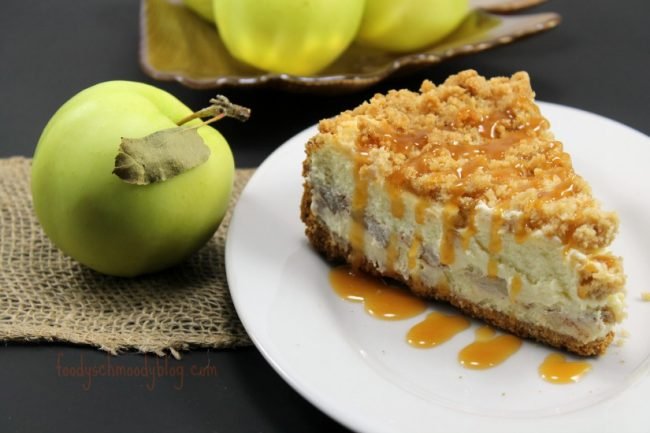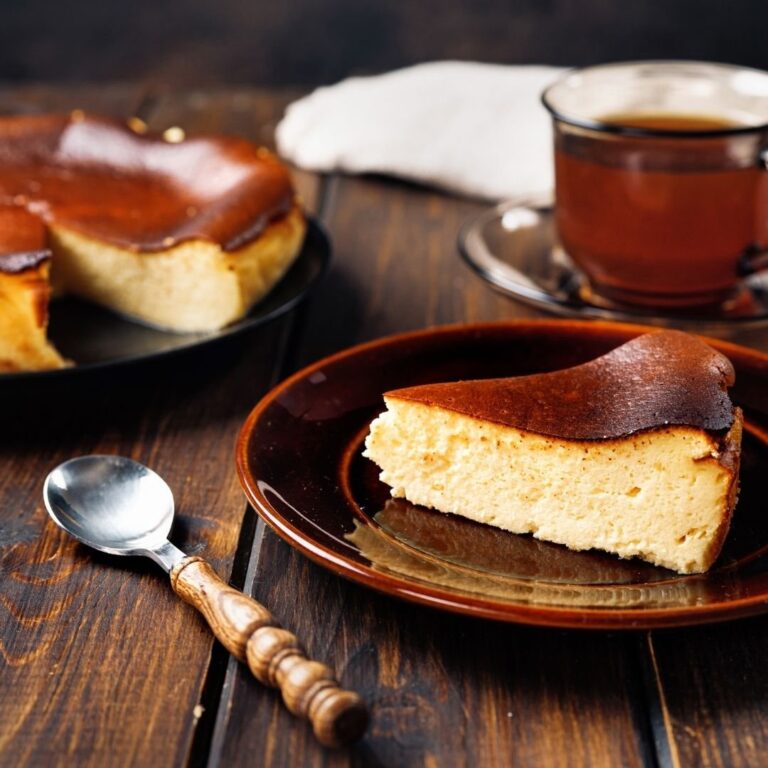Perfect Banana Bread Recipe For High Altitude: Expert Tips
Are you tired of your banana bread turning out dense and flat when baking at high altitude? Look no further! I have the perfect banana bread recipe for high altitude that will guarantee success every time. Baking at high altitudes can be quite challenging due to the lower air pressure and moisture levels, but with this foolproof recipe, you can create a moist and fluffy banana bread that will leave everyone craving for more. So, grab your mixing bowl and let’s dive into the secrets of baking the perfect banana bread at high altitude.
Banana Bread Recipe for High Altitude
Introduction
Banana bread is a classic favorite for many people, but baking it at high altitudes can present unique challenges. The lower air pressure and higher elevation can affect the outcome of your banana bread, causing it to turn out dry, dense, or sunken. However, with the right adjustments and a reliable recipe, you can still achieve moist and delicious banana bread, even at high altitudes. In this article, we will walk you through the process of baking banana bread at high altitudes, providing tips and tricks to ensure a successful outcome every time.
Understanding High Altitude Baking
When baking at higher altitudes, several factors come into play that can impact the outcome of your baked goods. Understanding these factors will help you make the necessary adjustments to achieve the best results.
1. Lower air pressure: As you go higher in elevation, the air pressure decreases, which affects how gases, like carbon dioxide, expand during baking. This can result in a higher rise, uneven browning, and a drier texture.
2. Drier climate: High altitude locations often have drier air, which can lead to faster evaporation of liquids during baking. This can result in dry and crumbly baked goods.
3. Faster cooking time: The reduced air pressure may cause baked goods to cook faster at high altitudes. It is essential to monitor your baking closely to prevent overcooking.
Tips for Successful High Altitude Banana Bread
To achieve a moist and perfectly baked banana bread at high altitudes, consider the following tips:
1. Adjust leavening agents: Due to the lower air pressure, you may need to reduce the amount of leavening agents, such as baking powder or baking soda, in your recipe. Start by reducing them by about 15-25% to compensate for the increased rising potential at higher altitudes.
2. Increase liquid: To counteract the dryness of the high-altitude environment, add a bit more liquid to your banana bread recipe. This can be done by increasing the amount of milk, yogurt, or mashed bananas.
3. Reduce sugar and fat: High altitude baking may cause baked goods to rise and set faster, so reducing the amount of sugar and fat in your recipe can help prevent a dry and crumbly texture.
4. Adjust baking temperature: Since baked goods can cook faster at higher altitudes, consider reducing the oven temperature slightly. A lower temperature will allow your banana bread to bake more evenly without overcooking.
5. Extend baking time: Despite adjusting the temperature, you may still need to increase the baking time to ensure your banana bread is thoroughly cooked in the center.
6. Use parchment paper: Line your baking pan with parchment paper to prevent the bread from sticking and ensure easy removal from the pan.
A High Altitude Banana Bread Recipe
Now that you are familiar with the adjustments needed for high altitude baking, let’s dive into a tried-and-true banana bread recipe specifically formulated for high altitudes.
Ingredients:
– 2 cups all-purpose flour
– 1 teaspoon baking soda
– 1/4 teaspoon salt
– 1/2 teaspoon ground cinnamon
– 1/2 cup unsalted butter, softened
– 1 cup granulated sugar
– 2 large eggs
– 1 teaspoon vanilla extract
– 2 cups mashed ripe bananas (about 4-5 bananas)
– 1/2 cup plain yogurt or buttermilk
– 1/2 cup chopped walnuts or pecans (optional)
Instructions:
1. Preheat your oven to 350°F (175°C). Grease a 9×5-inch loaf pan and line it with parchment paper.
2. In a medium bowl, whisk together the flour, baking soda, salt, and ground cinnamon. Set aside.
3. In a large mixing bowl, cream together the softened butter and granulated sugar until light and fluffy.
4. Beat in the eggs, one at a time, ensuring each is fully incorporated before adding the next. Stir in the vanilla extract.
5. Add the mashed bananas and yogurt (or buttermilk) to the wet mixture. Mix well until combined.
6. Gradually add the dry ingredients to the wet mixture, folding gently until just combined. Avoid overmixing, as it can result in a denser texture.
7. If desired, fold in the chopped nuts.
8. Pour the batter into the prepared loaf pan, spreading it evenly.
9. Bake for about 55-65 minutes, or until a toothpick inserted into the center comes out clean. If the bread starts to brown too quickly, tent it with aluminum foil.
10. Remove the bread from the oven and let it cool in the pan for 10-15 minutes. Then, transfer it to a wire rack to cool completely before slicing and serving.
Additional Tips for Perfect Banana Bread
To enhance the flavor and texture of your banana bread, consider these additional tips:
1. Use ripe bananas: Overripe bananas will not only add natural sweetness but also provide a moist texture to your bread.
2. Experiment with mix-ins: Feel free to add your favorite mix-ins, such as chocolate chips, dried fruits, or shredded coconut, to customize your banana bread.
3. Store properly: To keep your banana bread moist, store it in an airtight container at room temperature for up to 2-3 days. Alternatively, you can freeze it for longer storage.
Baking banana bread at high altitudes requires a few adjustments to compensate for the effects of lower air pressure, drier climate, and faster cooking time. By tweaking the leavening agents, increasing liquid, reducing sugar and fat, adjusting baking temperature, extending baking time, and using parchment paper, you can achieve a moist and delicious banana bread, even at high altitudes. Remember to experiment and make adjustments based on your specific altitude and desired results. With the right recipe and techniques, you’ll be enjoying a slice of perfectly baked banana bread in no time. Happy baking!
Quick Banana Bread High Altitude Recipe
Frequently Asked Questions
What adjustments should I make to a banana bread recipe for high altitude?
When baking banana bread at high altitudes, it’s important to make a few adjustments to the recipe to achieve optimal results. The following adjustments are recommended:
Should I modify the amount of leavening agents in the recipe?
Yes, at high altitudes, it’s best to reduce the amount of leavening agents such as baking powder and baking soda by about 1/4 to 1/2 teaspoon. This prevents the bread from rising too quickly and then collapsing.
How should I adjust the baking temperature and time for high altitude?
At higher altitudes, it’s recommended to increase the baking temperature by 15-25 degrees Fahrenheit. Additionally, you may need to decrease the baking time slightly, so keep a close eye on your banana bread and use a toothpick to test for doneness.
Why does high altitude affect banana bread baking?
High altitudes have lower atmospheric pressure, which affects the baking process. The reduced pressure causes the leavening agents to work more vigorously and liquids to evaporate more quickly. Making adjustments to the recipe compensates for these effects and ensures a successful bake.
What should I do if my high altitude banana bread turns out dry?
If your banana bread turns out dry, try increasing the amount of moist ingredients such as mashed bananas or adding an extra tablespoon of oil or melted butter. These additions help retain moisture and improve the texture of the bread.
Can I use the same recipe for banana bread at all high altitudes?
While the adjustments mentioned here are general guidelines, it’s important to note that specific elevation levels may require additional modifications. Experimentation and adjustments based on personal experience may be necessary to achieve the best results at your specific high altitude location.
Final Thoughts
In conclusion, when baking banana bread at high altitudes, a few adjustments to the recipe can make all the difference. To ensure a moist and perfectly cooked bread, it is important to increase the baking time and reduce the leavening agents. Adding an extra banana and slightly adjusting the amount of flour can also help with moisture retention. By following these simple modifications, you can easily adapt your favorite banana bread recipe for high altitude, resulting in a delicious treat that is sure to impress.




